Politics & Security
Should Japan Further Increase Financial Support for U.S. Forces? Tokyo Not Inclined to Agree
Published
4 years agoon
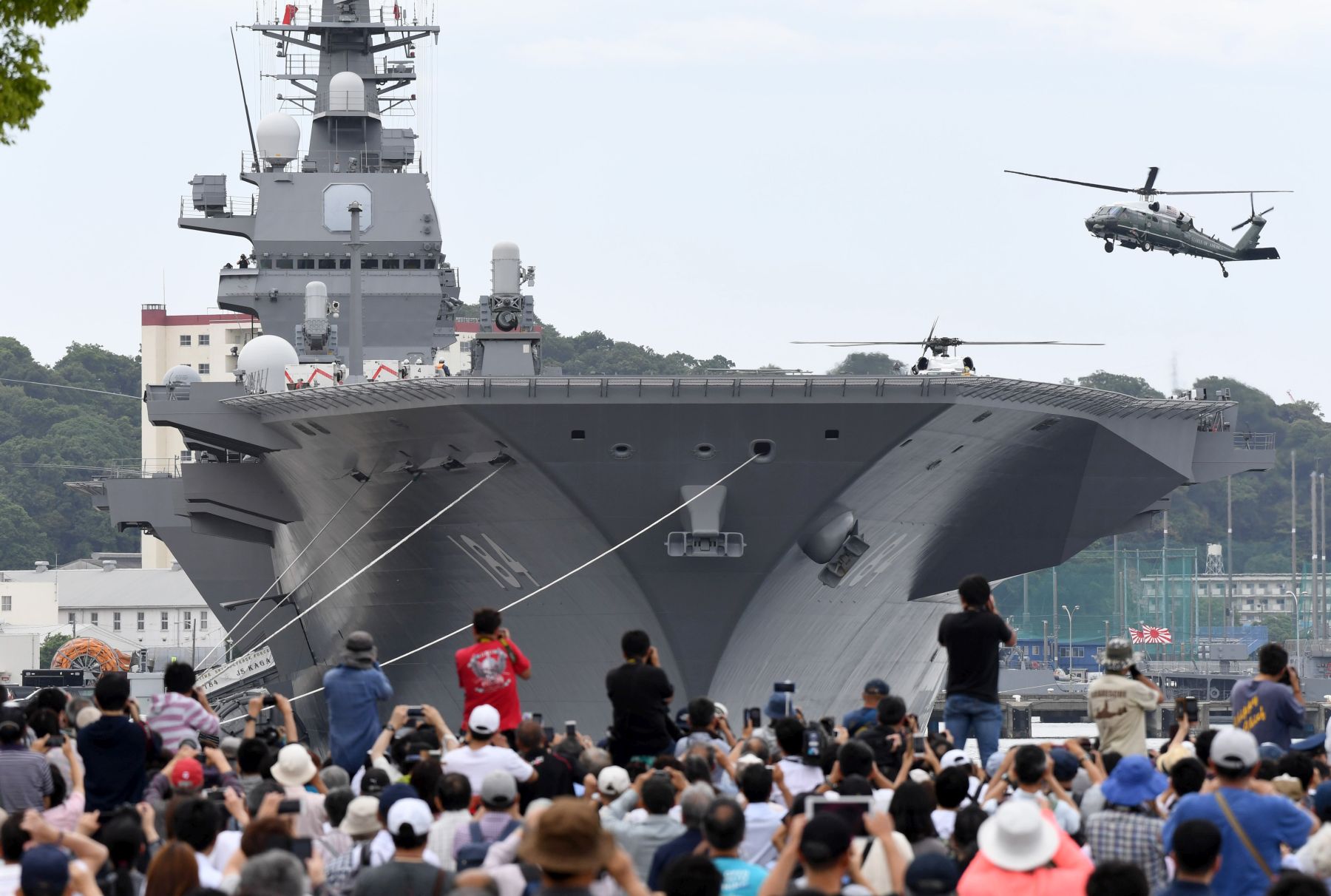
-

- Nuclear-powered aircraft carrier the USS John C. Stennis during joint military exercise between the United States, Japan and India off the coast 180 miles east of Japan's southernmost island of Okinawa. (AP Photo/Shizuo Kambayashi, File)
Tokyo has decided on how it will negotiate with the Trump administration regarding the amount of support that Japan, as host nation, will provide for American forces stationed here, the Sankei Shimbun learned on March 1.
The two sides are tentatively scheduled in December 2020 to reach an agreement on the size of the omoiyari yosan or “consideration budget” Tokyo will provide. The Trump administration is demanding huge increases in outlays by allies, such as Japan and South Korea, where U.S. forces are stationed.
The big unknown at this point is whether United States President Donald Trump will be reelected in November to a second four-year term. If he is defeated, Tokyo’s strategy will be to try to maintain the current arrangements.
If Trump is reelected, Japan will pursue a three-pronged strategy:
- It will reject a major increase in the host nation burden.
- It will offset some operational costs by having Japan’s Self-Defense Forces (SDF) provide greater protection for U.S. Forces.
- It will make comprehensive adjustments, including in areas not covered by the omoiyari budget.
This omoiyari budget is set by agreement between the two governments every five years and determines the share of the cost burden for U.S. forces stationed in Japan that Tokyo will assume. Since the current agreement is set to expire in March 2021, negotiators from the two governments are expected to sit down this summer to hammer out revisions during working-level talks. The aim is to reach an agreement before Tokyo draws up its budget for the next fiscal year in December. The Diet would then have to approve the new agreement.
Background of the Omoiyari Budget for U.S. Forces
The omoiyari budget arrangement dates back to the 1978 fiscal year, when, within the framework of the Japan-U.S. Status of Forces Agreement, Tokyo agreed to pay for such things as some of the social welfare costs for Japanese working at U.S. bases within Japan. From FY1979, coverage by the omoiyari budget was extended to certain facilities costs, including housing for members of U.S. military and their family members.
Under special agreements concluded since 1987, Japan has assumed the burden for costs that the United States side was expected to pay under the Status of Forces Agreement, including basic salaries for Japanese employees, energy and water costs, etc. This fiscal year, the total amount paid by Japan under the “consideration budget” comes to about ¥197.4 billion JPY ($1.9 billion USD).
In the case of South Korea, the Trump administration has been demanding a roughly five-fold increase in the amount of host nation support as compared to 2019, with the total coming to the equivalent of more than ¥500 billion JPY ($4.75 billion USD). Although the previous bilateral agreement on Seoul’s share of the cost burden for U.S forces in that country expired at the 2019, the two sides continue to negotiate.
According to senior Japanese officials, Washington D.C. has been demanding that Seoul assume a new burden under the rubric “operational costs” for aircraft and other U.S. forces brought from outside the Korean Peninsula for war games, etc. This category would include transport and training costs, as well as associated maintenance and other support costs.
Thoughts and Concerns Over the Next 5-Year Budget
Since the beginning of 2020, the Japanese government has been formulating its negotiating stance based on developments in the Seoul-Washington negotiations. As things now stand, Japan’s share of the financial burden for U.S. Forces based in-country is around 70%, a higher ratio than either South Korea or Germany are paying for U.S. forces stationed in those countries.
Moreover, Japan faces a harsh fiscal environment, so any major increase in the omoiyari budget seems unrealistic, and would not win the understanding of the Japanese public. The strategy therefore appears to be to reject any major increase, while remaining cooperative and working to achieve a new agreement at basically the current level of support.
However, there is sentiment within the government to adopt a positive stance if the U.S. side requests an increase in operational costs. There could also be some new categories within the omoiyari budget that would cover U.S. military operations that specifically contribute to Japan’s defense.
Based on the national security legislation which took effect in 2016, now, even in peacetime, the SDF can provide protection for U.S. military aircraft and ships. In fact, it has done so in 32 actual cases since 2017. Japanese negotiators therefore plan to argue that such new support for U.S. operations should offset the operational cost burden it should be expected to bear.
Nevertheless, Japanese officials worry that efforts to limit the omoiyari budget to the current level are likely to invite the wrath of President Trump, who places great emphasis on monetary figures. The concern is that he will not give due recognition to Tokyo’s support for U.S. military operations.
With this likely resistance in mind, they hope to counter such a reaction by offering President Trump comprehensive adjustments outside the framework of the omoiyari budget. Reasonable increases in outlays would cover such things as training and transfer costs related to the realignment of U.S. forces, and increased purchases of U.S. defense equipment as part of Foreign Military Sales (FMS) programs.
A Watershed in Negotiations for Deepening the Japan-U.S. Alliance
The Japanese government is now urgently considering its strategy before the bilateral discussions on revising the agreement begin in the summer. That is due to anxiety that the Trump administration will take a hardline stance on host nation support for U.S. military forces. These talks are likely to represent a watershed, depending on whether they become bogged down in efforts to counter demands from Trump, or they develop into negotiations for deepening the Japan-U.S. alliance.
Should the U.S. side demand an increase in the operational cost burden borne by Japan, then Japan has the option of only agreeing to discuss them as something outside the omoiyari budget.
However, one senior Japanese government official strongly emphasizes: “We can’t get hung up on just discussing traditional monetary categories like labor costs or energy and water costs. These negotiations must address the gamut of operational costs involving the SDF and U.S. military responses to the threats from China and North Korea.”
Another way of looking at the situation is that the costs of the Japan-U.S. alliance cannot be measured solely by monetary categories, but should also factor in operational support from the SDF.
However, as things now stand, Japan’s protection of U.S. ships and planes cannot be said to be adequate. After all, Japan lacks the offensive capability to attack enemy bases.
There is now discussion about reconsidering the current de facto arrangement in which Japan acts as the “shield” and the U.S. as the “spear.”
As another senior Japanese official puts it, “That could be the trump card in working out a reasonable settlement about the omoiyari budget.”
(Click here and here to read the related articles in Japanese.)
Author: Naohisa Hanzawa, Sankei Shimbun Staff Writer

You may like
-


Birth of an Asian NATO: A New Strategic Alliance Emerges Amid Regional Tensions
-


US Election Hampers Nippon Steel Buyout in a Potential Windfall for China
-


Trump 2.0: What Would It Mean for Japan
-


US Navy Unwelcome: Why is Japan Making Life Difficult for Its Strongest Ally?
-


Why South Korea and Japan Should Overcome the Nuclear Weapons Taboo
-


Biden Says US Steel Must Remain American
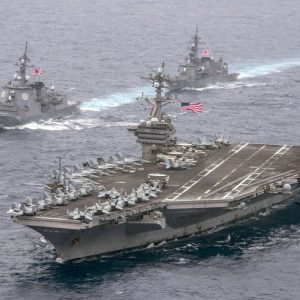

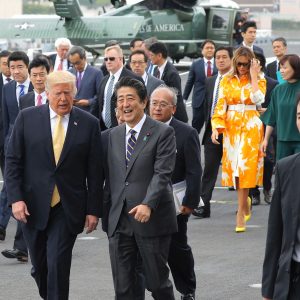

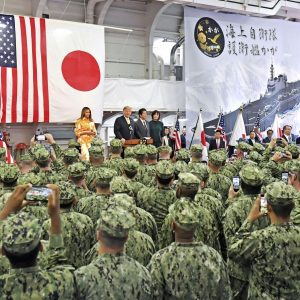
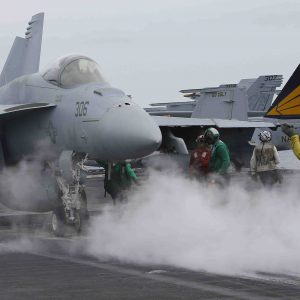
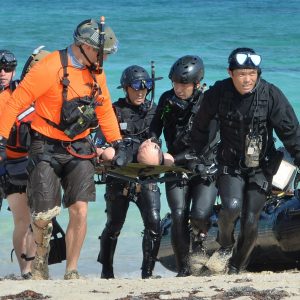

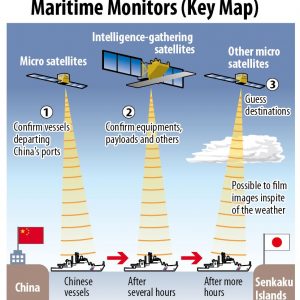

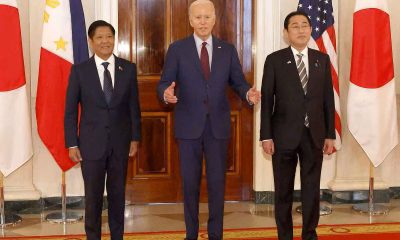



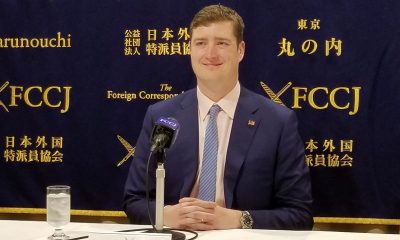

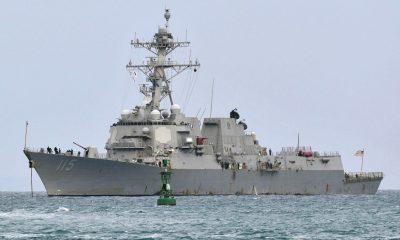

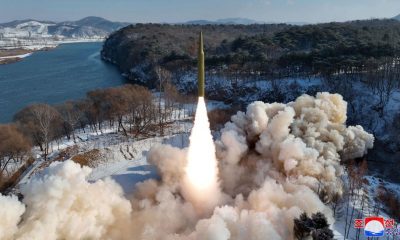

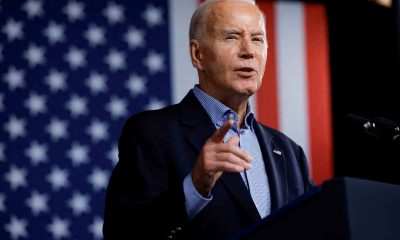



You must be logged in to post a comment Login